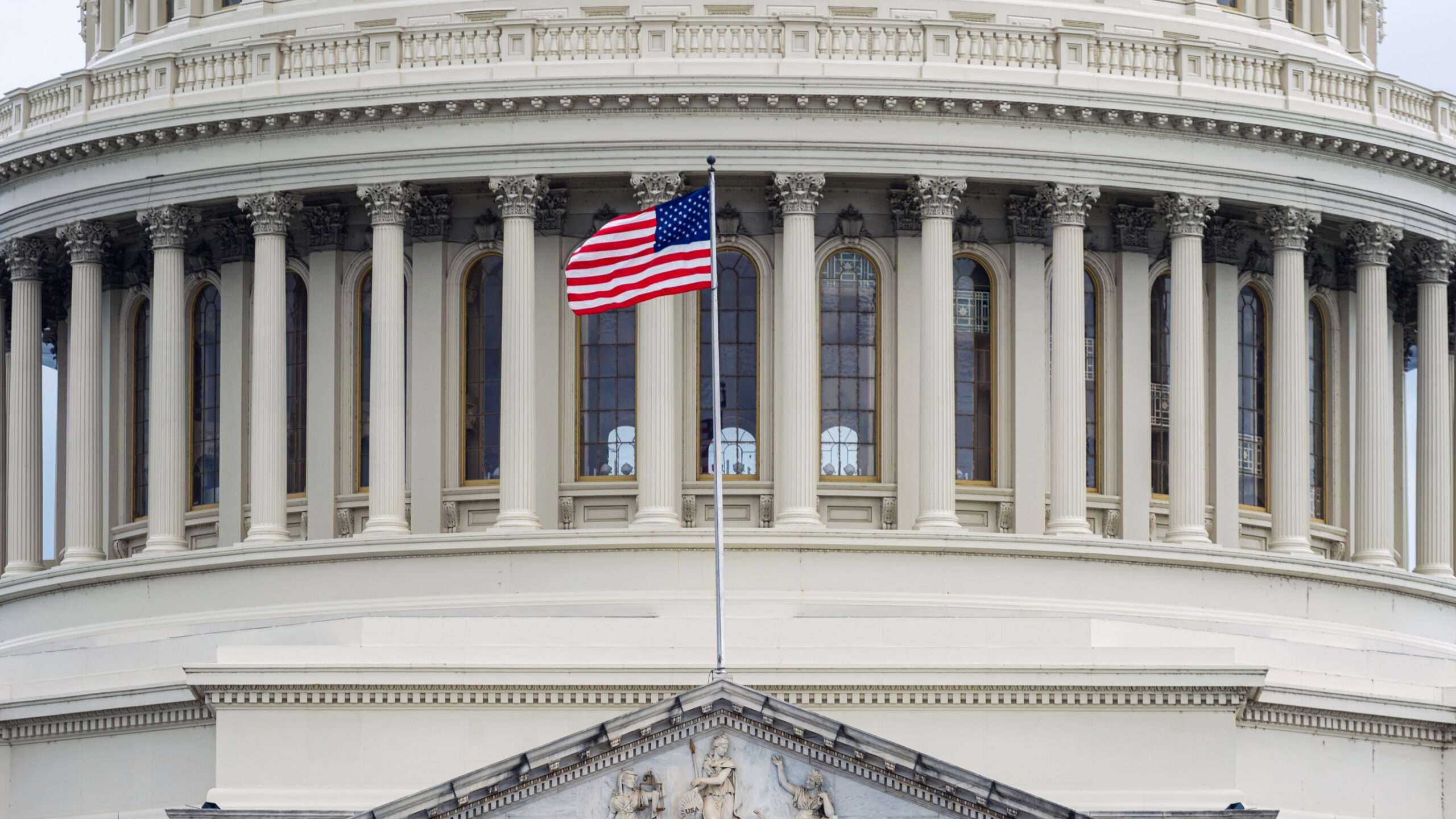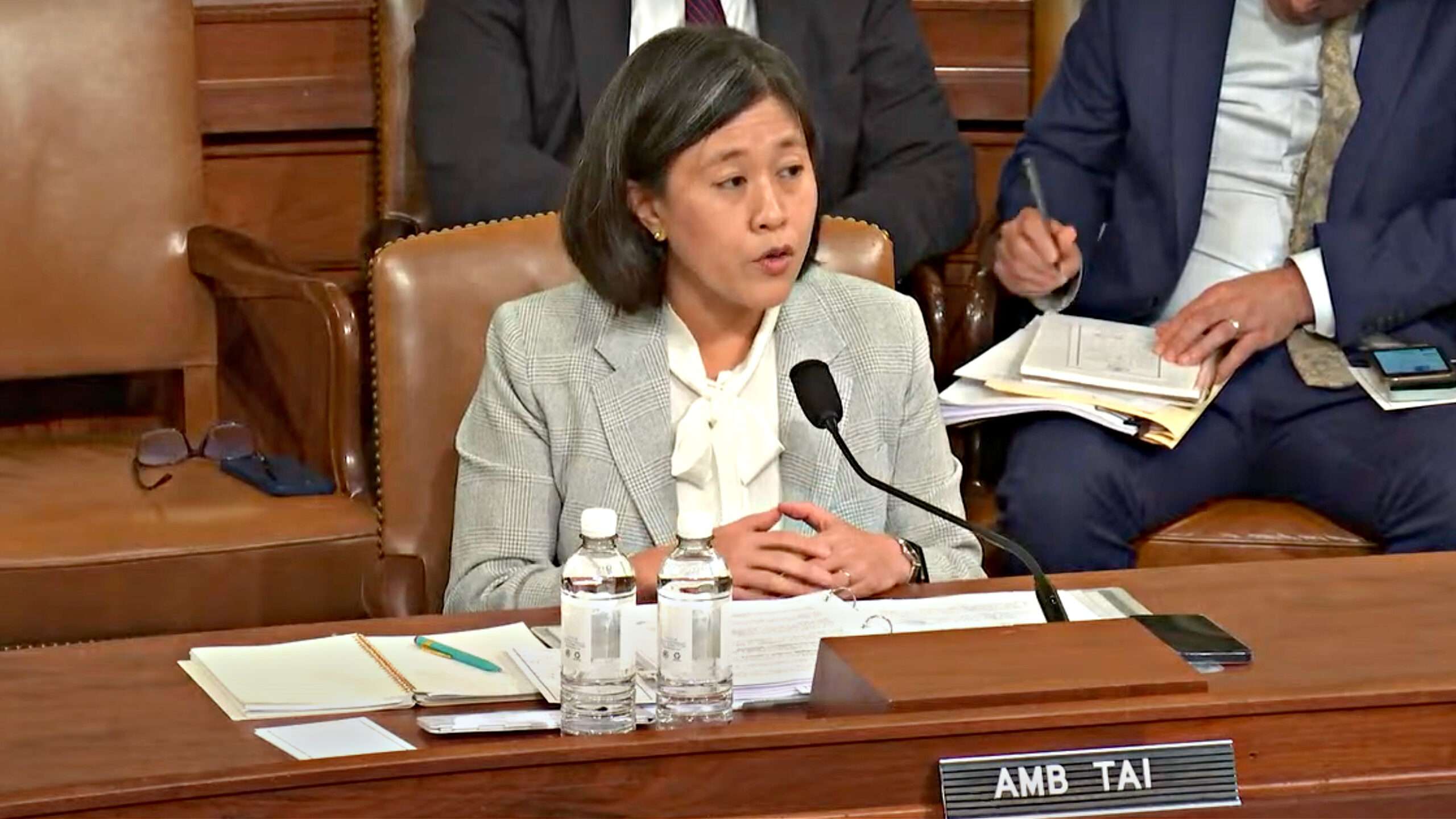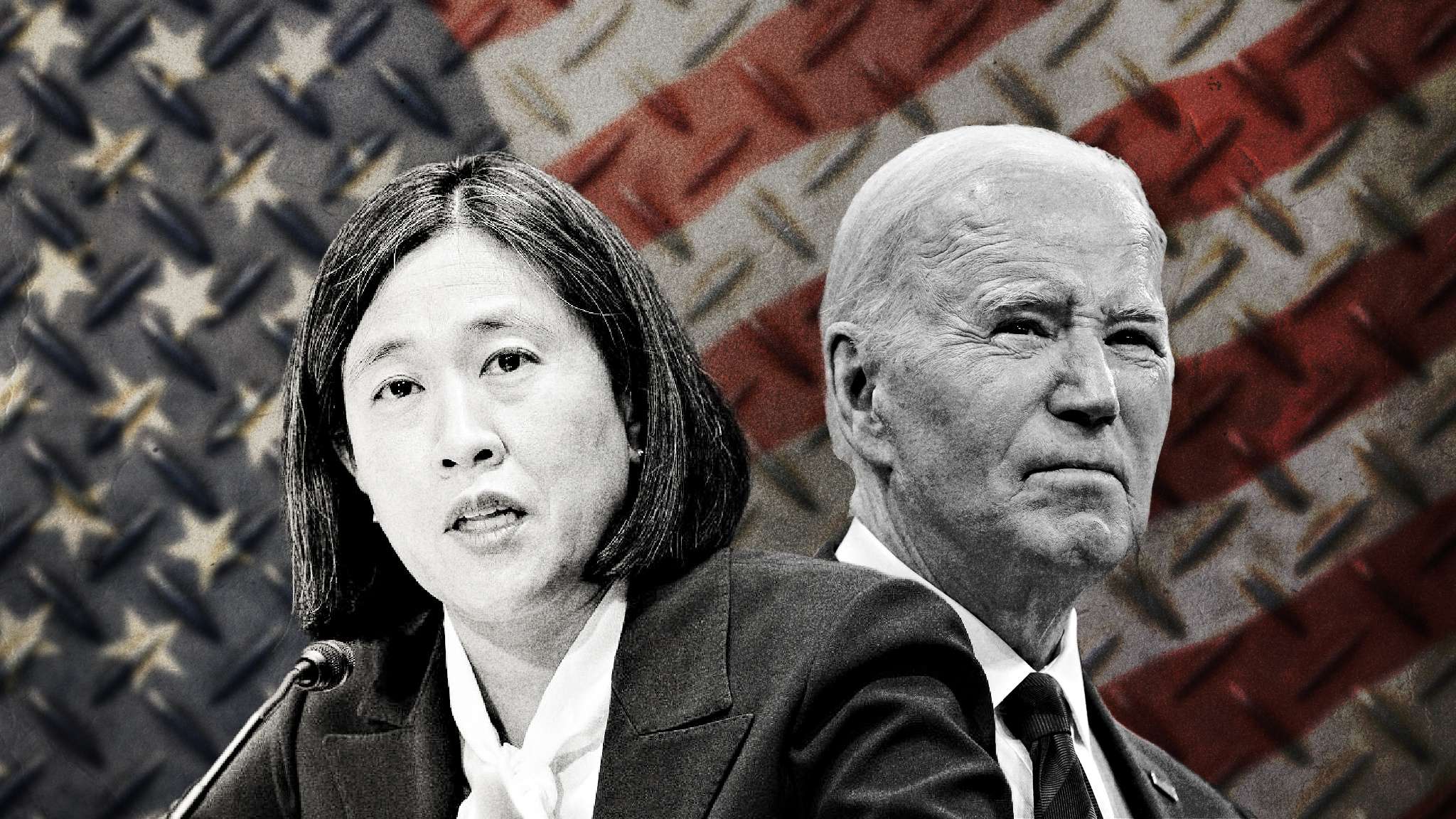
[ Dean Baker | October 10, 2016 |CEPR]
Donald Trump has espoused racist and misogynist views in his presidential campaign and throughout his life. For this reason, many people don’t want to be associated in any way with him. This is a problem, since not everything he says is wrong, particularly when it comes to trade.
Prominent figures in politics and the media are now using the association with Trump to discredit critics of US trade policy. In fact, US trade policies have been harmful to tens of millions of workers. This reality is not reversed because Trump has chosen to make trade policy a major issue in his campaign.
There are two main ways in which our trade policies have costs workers’ jobs and/or wages. The first is by reducing overall demand in the economy as a result of our large trade deficit. The second is by changing the composition of demand so that there is less demand for manufacturing workers. The impact of both has been substantial in the last two decades.
The point on the trade deficit is straightforward: If we have an annual trade deficit of $500 billion (at 2.8 percent of GDP), this is $500 billion that is creating demand for our trading partners rather than in the United States. It has roughly the same impact on demand in the United States as an increase in annual taxes of $500 billion. The trade deficit means that less money is being spent on goods and services in the US.
In the period prior to the Great Recession, most economists did not worry about losing demand as a result of the trade deficit because they felt that it was easy to make up this demand through other channels. Most obviously the Federal Reserve Board could lower interest rates, sparking more consumption, home-buying and investment.
With the Fed’s interest rate now near zero, many more economists now take seriously the idea that we can’t always count on the Fed to be able to boost demand as much as we would like. In this context, the loss of demand as a result of a trade deficit cannot be easily offset. A large trade deficit means that the United States will have lower output and fewer jobs.
The composition issue is a problem even if the economy can remain near full employment. The point is that the United States has lost a huge number of manufacturing jobs due to foreign competition. From the 2000 peak to the end of the recovery in 2007, the economy lost more than 3.5 million manufacturing jobs, more than 20 percent of total employment in the sector. This was due to an explosion in the US trade deficit, which hit a peak of almost 6 percent of GDP in 2005 and 2006.
The manufacturing sector has historically been a source of relatively high-paying jobs for workers without college degrees. The wholesale loss of jobs in this sector due to trade not only displaced millions of workers, it also put downward pressure on the wages of less-educated workers more generally. Displaced manufacturing workers crowded into retail and other sectors, putting downward pressure on the wages of less-educated workers elsewhere in the economy.
These are real and well-documented problems with the pattern of trade we have pursued over the last three decades. Donald Trump’s remedies don’t make much sense, but we should be looking to pursue different trade policies.
In particular, we should look to have more balanced trade. The current trade deficits are not the result of China, Mexico and other countries “beating” the United States at the negotiating table. They are the result of a trade policy that has been designed to facilitate outsourcing of manufacturing jobs by US corporations. In other words, the problem is not beating China, the problem is beating GE, Walmart and other companies that benefit from having an overvalued dollar and therefore cheap imports.
The problem is also one of composition. Our trade deals were explicitly designed to put our manufacturing workers in direct competition with their low-paid counterparts in the Global South. We can do the same with our doctors, lawyers, dentists and other highly paid professionals. By creating a process that allows foreign professionals to train to US standards and then work freely in the United States, we can save ourselves hundreds of billions of dollars annually on our health care and other services. Since many of these professionals are in the richest 1%, opening trade in these areas would be promoting equality rather than inequality.
Both tackling the problem of the trade deficit and the composition of trade would require taking US trade policy in a very different direction. We should be having a debate on this topic. The fact that Donald Trump also criticizes US trade policy cannot be an excuse to prevent this debate.













